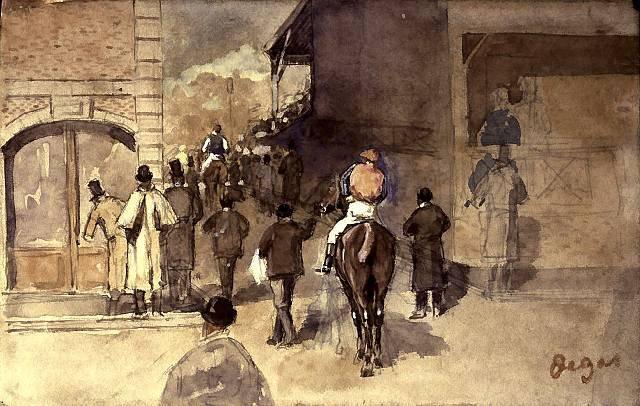Crime is Slate’s crime blog. Like us on Facebook, and follow us on Twitter @slatecrime.
In 1990, two thieves dressed as police officers bluffed their way inside Boston’s Isabella Stewart Gardner Museum, incapacitated the guards, and made off with 13 pieces of art that are now valued at around $500 million. Yesterday, on the 23rd anniversary of the heist, the Federal Bureau of Investigation announced that it had identified the culprits: two members of a criminal gang that operated up and down the East Coast. At last, it seemed, the men responsible for this caper might soon be brought to justice.
Not exactly. Buried inside most of the coverage was a line explaining that the federal statute of limitations for major art theft has expired. This appears to mean that the perpetrators can no longer be prosecuted for their crime. If they still have the artwork, they could conceivably be prosecuted for possessing stolen goods. But these guys probably didn’t steal several Rembrandts and Degas’ just to hang them in their den. (Their den of crime, that is!) They almost certainly passed the art along to a fence, or a private collector, or somebody who would know what to do with it. The odds are decent that, even if the thieves are eventually caught, they won’t do a day in prison.
That’s not necessarily a bad thing. The statute of limitations helps keep our justice system fair by establishing a finite period of time in which people can be charged with crimes. It’s designed to protect people from being hounded by investigators for offenses that have been obscured by the mists of time. (One Les Miserables is plenty, thank you very much.) Statutes of limitations encourage the police to work quickly, while evidence is fresh and memories are sharp.
Before the Gardner Museum heist, stealing major art from a museum was not considered a federal crime. But in 1994, Senator Edward Kennedy added language into a crime bill that made the theft of major art from a museum a federal offense, with a 20-year statute of limitations. (The statute of limitations can be raised to retroactively cover old crimes as long as the existing statute of limitations has not yet expired.) 20 years must have seemed like plenty of time to catch the two men responsible for what was, in all honestly, a pretty sloppy heist. The men wore police costumes that didn’t resemble the real thing, didn’t cover their faces, and were seen sitting in an idling car outside the museum about an hour before the theft. They violently ripped paintings out of their frames, damaging some of the art in the process. And yet they vanished without a trace.
Now, 23 years later, the museum just wants its art back—which is likely the point of yesterday’s big announcement. By saying they know who stole the artwork, and suggesting that they’re making good progress on the case, the FBI is probably trying to spook whoever currently holds the art into coming forward and making a deal—whether it’s a private collector, the thieves themselves, or the proprietors of some random storage facility somewhere. While the feds have suggested that they’d be willing to extend immunity in exchange for the art, that deal might not apply if the art isn’t voluntarily surrendered.
